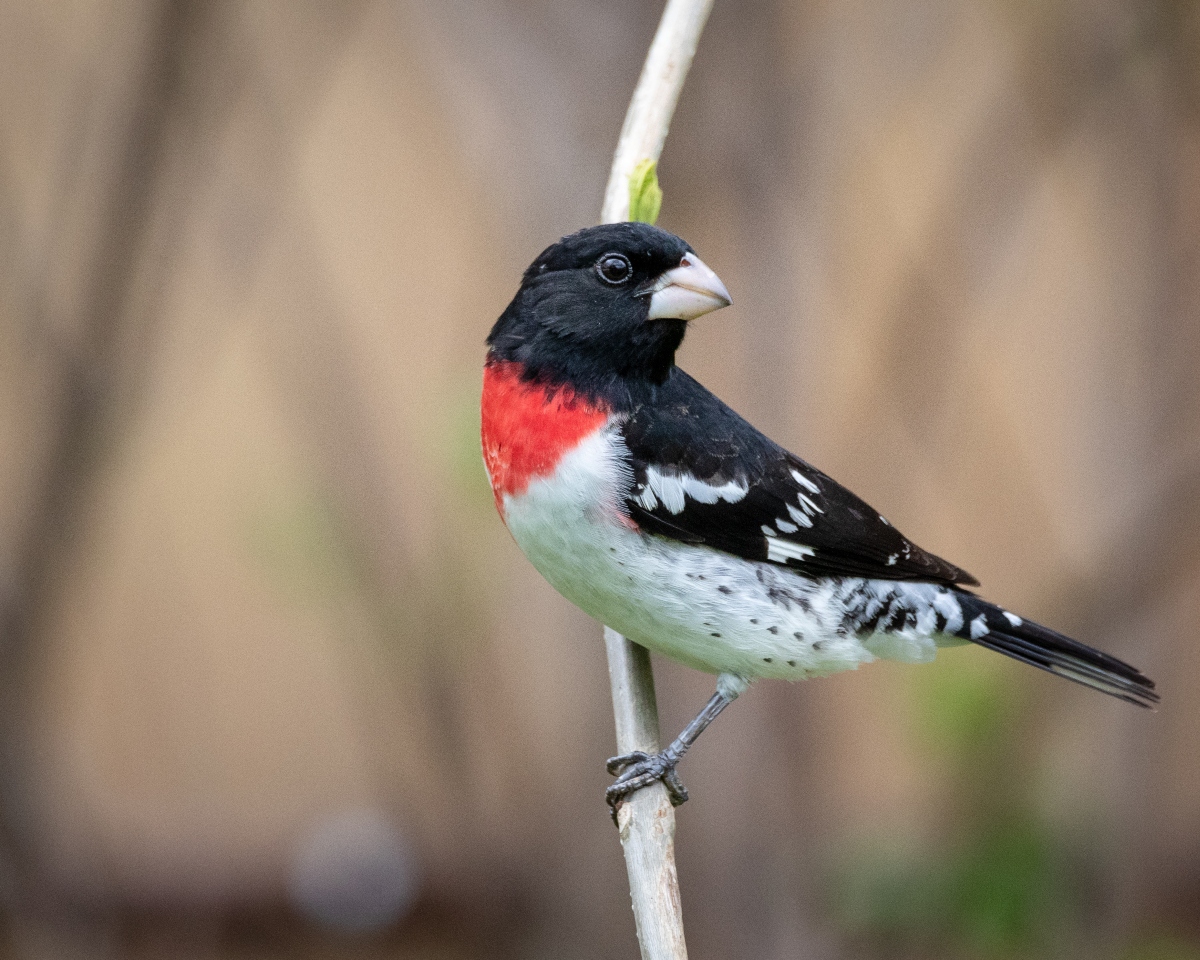Amid the lush foliage and the vibrant panorama of woodlands, meadows, and gardens, one might catch a glimpse of the Grosbeak, a bird celebrated not just for its sizeable conical beak but also for its vivacious plumage and melodious song. The term “Grosbeak” is derived from the French word “gros” meaning large, and “beak”, emphasizing its most distinctive feature.
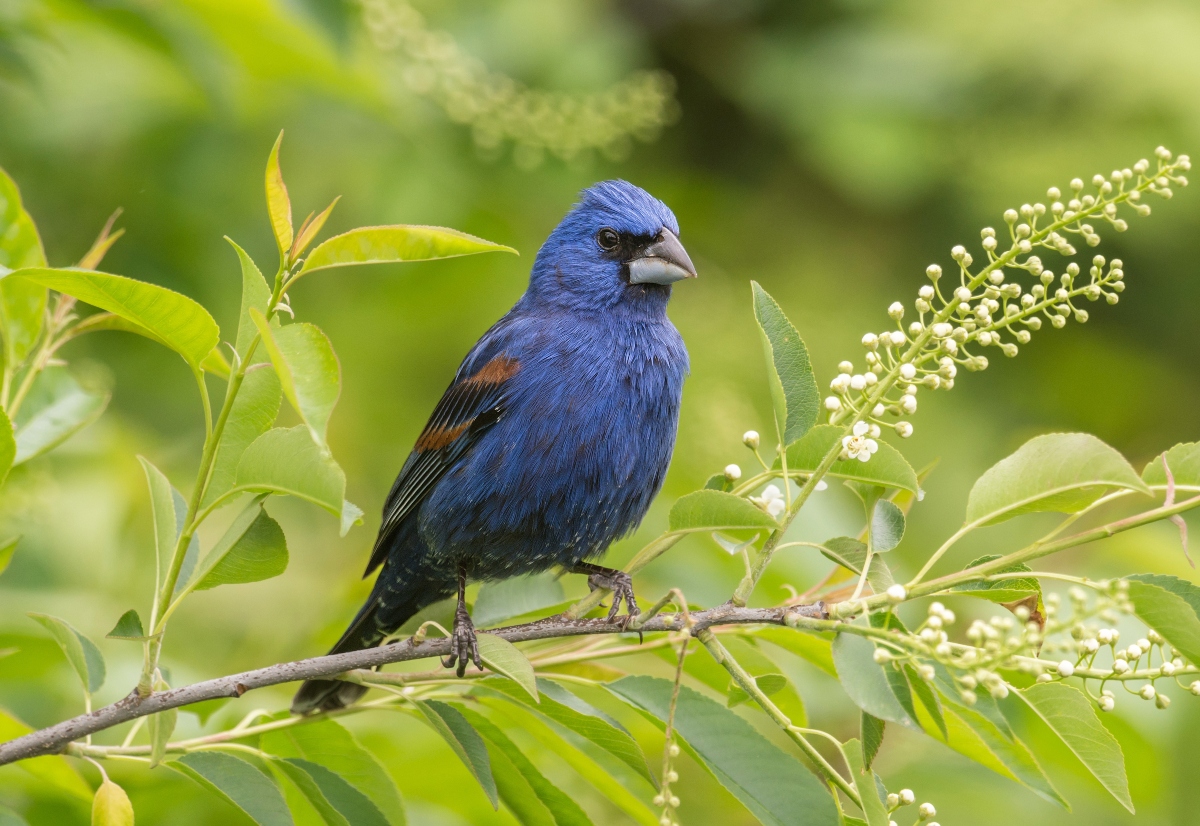
There are several species of Grosbeaks, but perhaps the most renowned in North America are the Rose-breasted Grosbeak and the Black-headed Grosbeak. The males of these species are especially striking, with bold patterns and vibrant colors, while females often sport more subdued brown and streaked appearances, though no less charming.
Grosbeaks can be predominantly found across North America, migrating between regions depending on the season. They favor a diverse range of habitats, from dense forests to open meadows, gardens, and shrubby areas. Their sturdy, large beaks are adept tools, allowing them to crack open seeds, their primary diet. However, they don’t limit themselves to just seeds; Grosbeaks also enjoy fruits and insects, especially during breeding seasons.
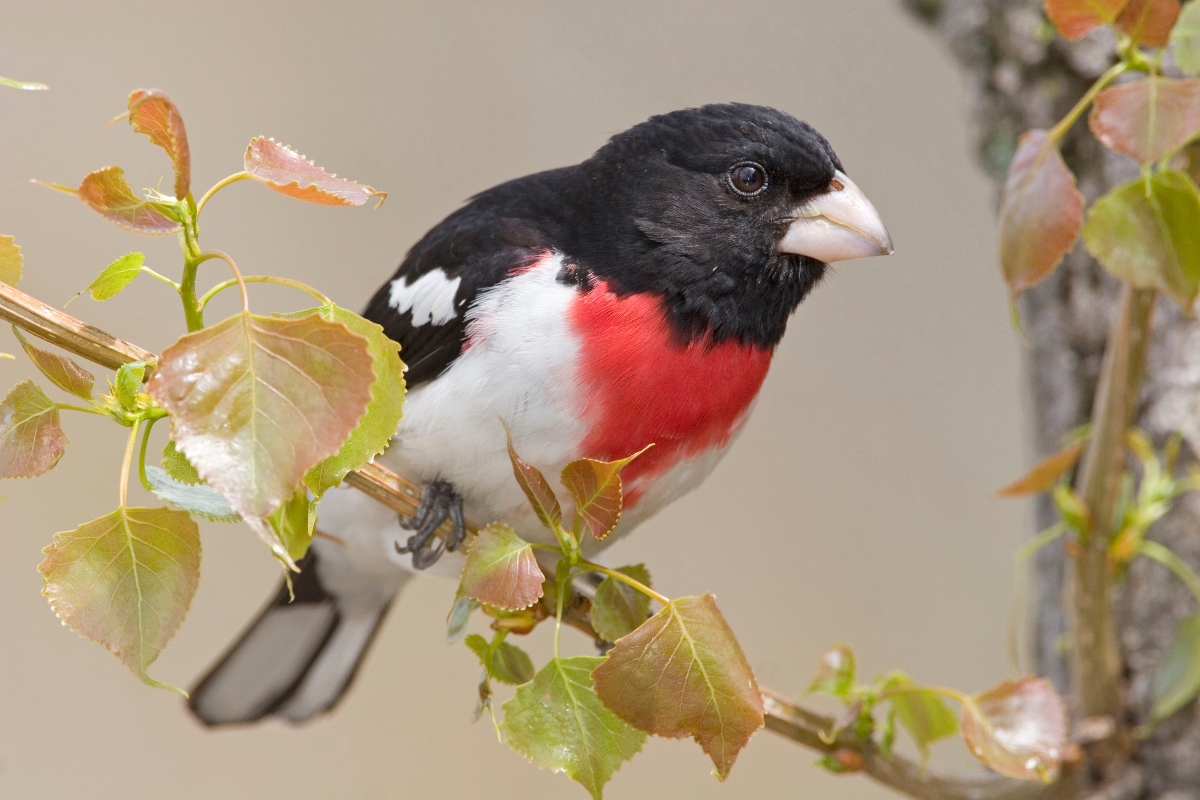
Listening to a Grosbeak’s song is to experience nature’s symphony. Their melodies are rich, intricate, and delightful, with variations that can sometimes resemble the songs of other birds. This vocal prowess makes them a favorite among bird watchers and nature enthusiasts alike.
When it comes to nesting, Grosbeaks exhibit a strong sense of partnership. Both the male and female participate in nest-building, usually opting for shrubby trees or dense foliage. Once the eggs are laid, both parents share the responsibilities of incubation and feeding the chicks.
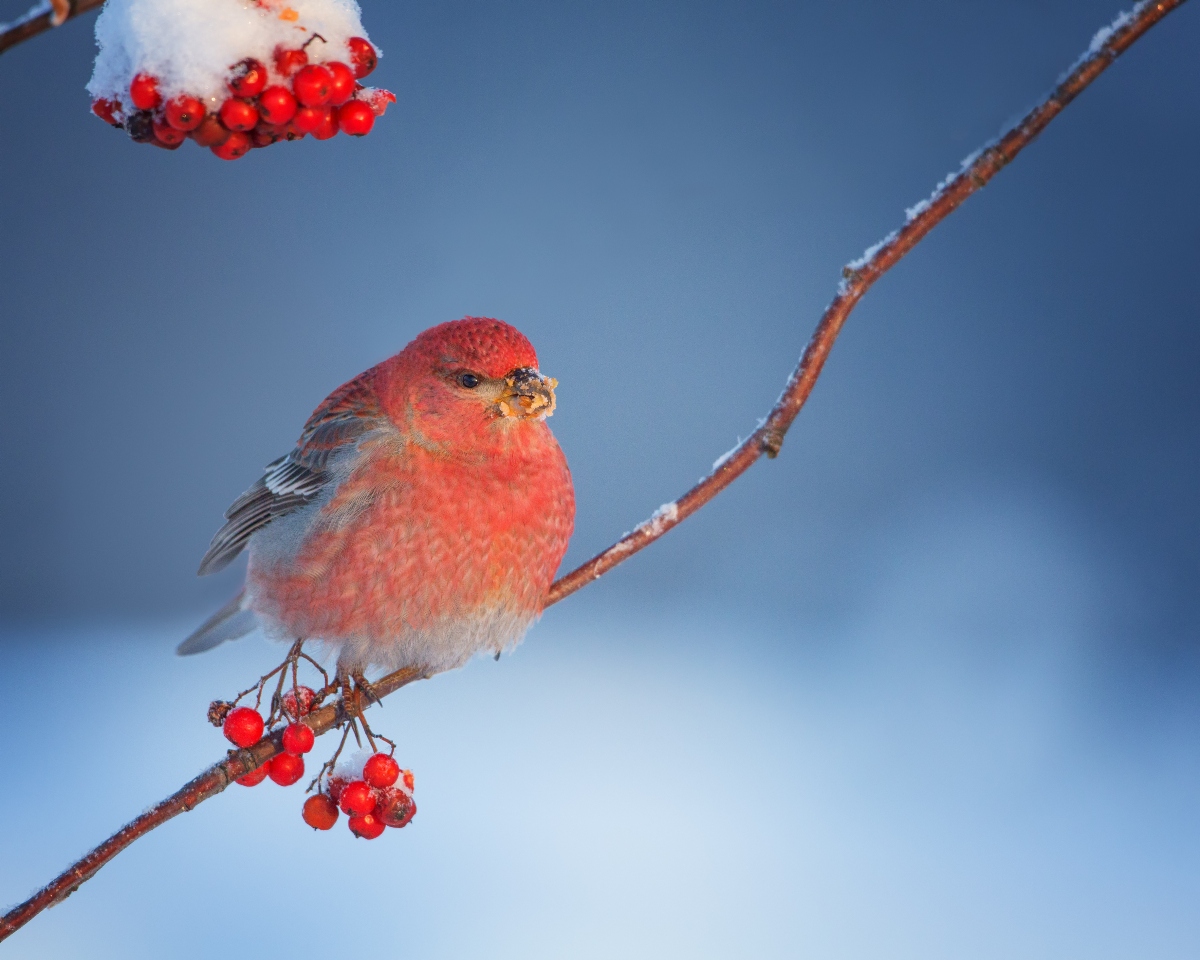
While Grosbeaks continue to thrive in many regions, they are not entirely free from challenges. Habitat loss, especially due to deforestation and urban expansion, threatens their nesting sites. Additionally, window collisions often pose a risk for these birds, as they can’t discern clear glass.
Culturally, Grosbeaks, with their lively colors and harmonious songs, have found their way into the lore and hearts of people living in proximity to them. They are often symbolic of joy, music, and the vitality of nature.
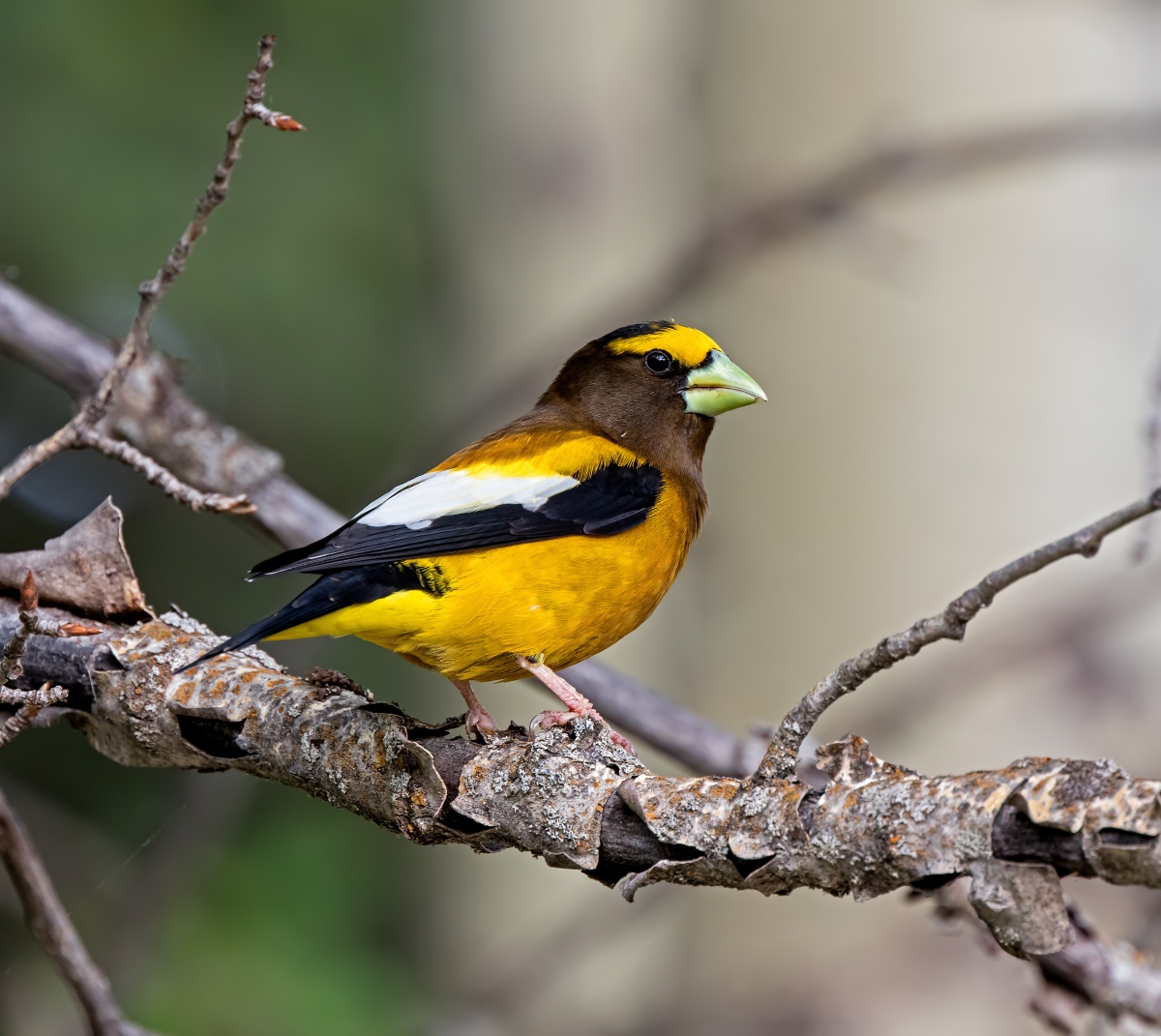
For those keen on bird watching, a Grosbeak sighting is always special. Their melodious chirping, combined with their radiant presence, makes for an unforgettable experience. By ensuring that their habitats are preserved and that they are safe from man-made hazards, we can hope that the Grosbeak’s song continues to reverberate through our woodlands and meadows for generations to come.
In the panorama of avian wonders, the Grosbeak stands out, not just because of its unique beak or vibrant feathers but also because it encapsulates the sheer beauty and resilience of nature. As conservationists and bird enthusiasts, it’s upon us to ensure that their melodies never fade from our world.
